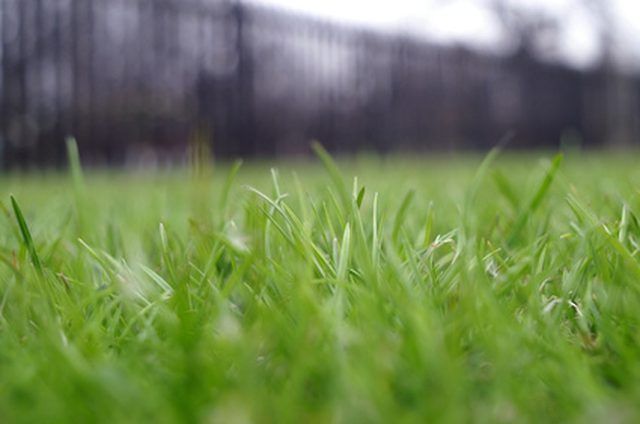Bulbs
Flower Basics
Flower Beds & Specialty Gardens
Flower Garden
Garden Furniture
Garden Gnomes
Garden Seeds
Garden Sheds
Garden Statues
Garden Tools & Supplies
Gardening Basics
Green & Organic
Groundcovers & Vines
Growing Annuals
Growing Basil
Growing Beans
Growing Berries
Growing Blueberries
Growing Cactus
Growing Corn
Growing Cotton
Growing Edibles
Growing Flowers
Growing Garlic
Growing Grapes
Growing Grass
Growing Herbs
Growing Jasmine
Growing Mint
Growing Mushrooms
Orchids
Growing Peanuts
Growing Perennials
Growing Plants
Growing Rosemary
Growing Roses
Growing Strawberries
Growing Sunflowers
Growing Thyme
Growing Tomatoes
Growing Tulips
Growing Vegetables
Herb Basics
Herb Garden
Indoor Growing
Landscaping Basics
Landscaping Patios
Landscaping Plants
Landscaping Shrubs
Landscaping Trees
Landscaping Walks & Pathways
Lawn Basics
Lawn Maintenance
Lawn Mowers
Lawn Ornaments
Lawn Planting
Lawn Tools
Outdoor Growing
Overall Landscape Planning
Pests, Weeds & Problems
Plant Basics
Rock Garden
Rose Garden
Shrubs
Soil
Specialty Gardens
Trees
Vegetable Garden
Yard Maintenance
How to Sprig Bermuda Grass
How to Sprig Bermuda Grass. There are a number of ways to establish a Bermuda grass lawn, including seed, sod and sprigs. Sprigging is an inexpensive way to establish a new Bermuda grass lawn because it takes less grass than sodding. Bermuda grass establishes easily because the grass is a very aggressive growing variety of lawn grass. Sprigging is...

There are a number of ways to establish a Bermuda grass lawn, including seed, sod and sprigs. Sprigging is an inexpensive way to establish a new Bermuda grass lawn because it takes less grass than sodding. Bermuda grass establishes easily because the grass is a very aggressive growing variety of lawn grass. Sprigging is accomplished by setting grass plants into the soil in intervals on a bare yard. Once the grass becomes established, it will spread quickly.
Things You'll Need
Soil auger
Bucket
Plastic bag
Rototiller
Compost
Composted manure
Peat moss
Sulfur
Lime
Landscaping rake
Garden hose
Test your soil before establishing a lawn by digging up to 10 soil samples from the lawn’s surface with a soil auger. Each soil sample should be 2 inches wide by 6 inches deep. Mix the samples in a bucket and allow them to dry. Collect 1 cup of soil in a plastic bag and take it to your local county extension service. An agent at the extension service will help send your soil to a state university soil-testing laboratory for a small fee. The test results will be returned in approximately three weeks, and will indicate your lawn’s pH, soil structure and amendments you can add to the soil.
Break up your soil to a depth of 6 inches with a rototiller. Spread amendments over the soil in a 4-inch layer. Mix the amendments into the soil with the rototiller. Good amendments for a lawn include nitrogen-rich organic fertilizers, such as compost and composted manure, as well as peat moss to aerate the soil and improve drainage. Lime is another good soil amendment to lower the soil pH. Sulfur will raise the pH.
Re-grade and smooth your soil with a landscaping rake. Your yard should slope gradually away from your home to cause water to run away from the foundations. Create furrows with the rake that are 1 inch deep and 10 inches apart in the soil.
Press a single bermudagrass plant, known as a sprig, into a furrow. Sprigs should be spaced 4 inches apart in each furrow.
Tamp around the sprigs with your shoe and water daily to keep the upper 2 inches of soil in the furrows as damp as a wrung-out sponge. Continue to water daily for the first two weeks until the sprigs become established. Then water once every 10 days.
Tips & Warnings
Establish lawn grass well in advance of the first frosts of the fall. Lawn grass can take up to two months to become established and develop a root system that will help it through winter.